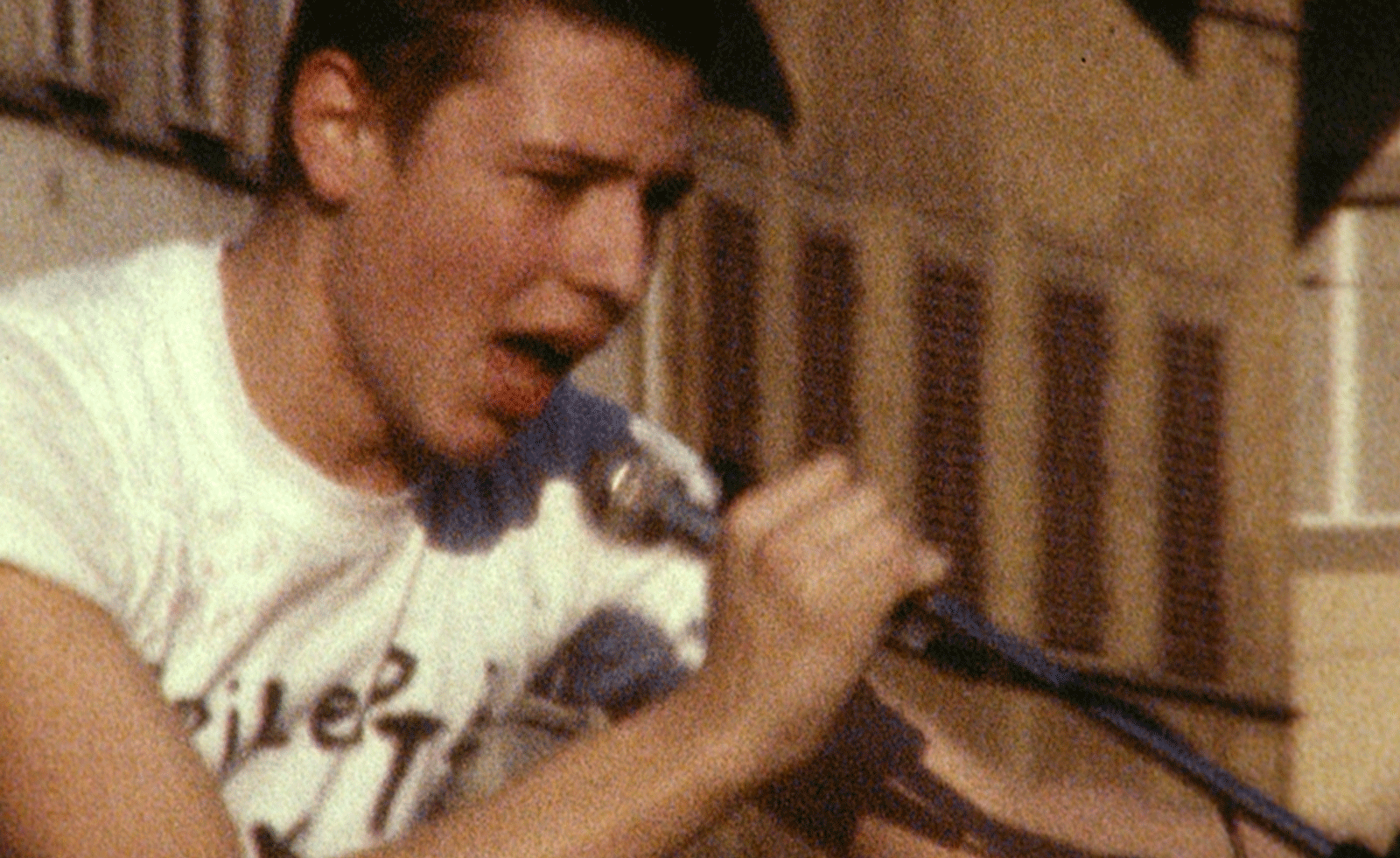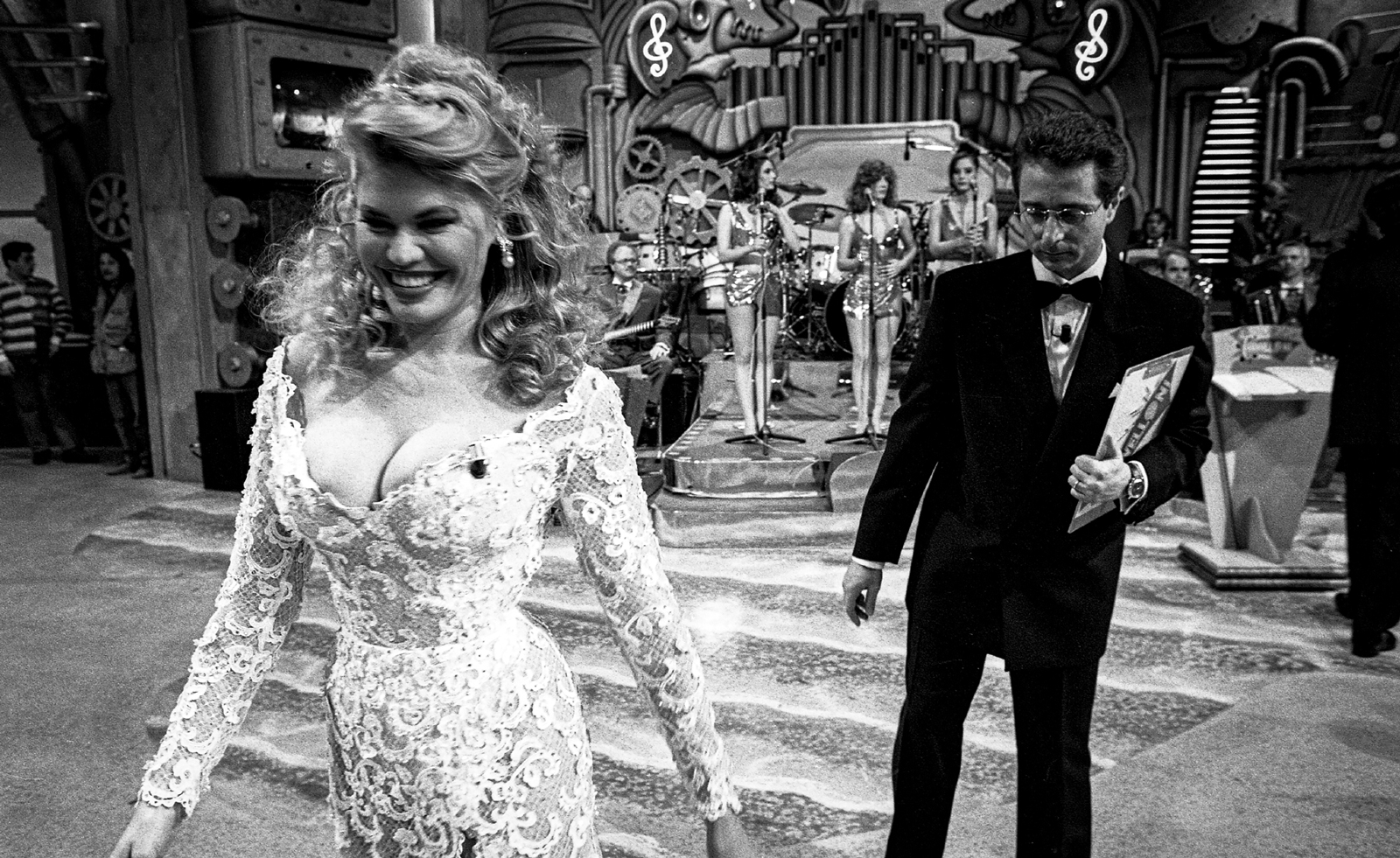In memoriam: Germano Celant (1940-2020)
The Italian art historian, curator and father of Arte Povera has died aged 80. Here, Nicholas Cullinan, director of London's National Portrait Gallery, pays tribute

‘Mr. Celant (whose name is pronounced jer-MAN-o che-LANT) was born in 1940 and is representative of a new kind of curator, one who functions as an impresario or guest-artists in one city after another, moving from place to place and from commission to commission.’ So explained John Russell’s article in The New York Times from 1988 announcing the appointment of Celant as Senior Curator at the Solomon R. Guggenheim Museum. By that point, Celant was two decades into an extraordinarily industrious, energetic and peripatetic career; one that had indeed seen him acting as an ‘impresario… moving from place to place’.
But let’s begin with one place – Genoa, where both Celant was born and then, in 1967, when still only 27, his creation Arte Povera - one of the most innovative and influential international tendencies in post-war art. Following his parents’ wishes, and stifling his artistic leanings, Celant enrolled at engineering school, where he was taught by the brother of Palmiro Togliatti (the leader of the Italian Communist Party), who Celant remembered gave him ‘terrible grades’. At the same time, and as an entrepreneurial taste of things to come, Celant recalled how ‘I organized the first Latin American and Pan-African festivals, and did all the PR myself.’

Germano Celant, photographed alongside Patrizio Bertelli and Rem Koolhaas in the May 2009 issue of Wallpaper* (W*122)
In 1961, the eminent art historian Eugenio Battisti taught at the University of Genoa, and Celant became one of his students. It was through Battisti’s seminars that Celant met figures such as Bernardo Bertolucci, Umberto Eco and Pier Paolo Pasolini, and then began to write for Marcatré (the first interdisciplinary magazine in Italy) and the architectural journal Casabella. As editor of the art columns for both publications, Celant travelled throughout Italy and met fellow critics, gallerists and, crucially, artists such as Lucio Fontana, but also a younger generation including Jannis Kounellis, Giulio Paolini and Michelangelo Pistoletto, each of whom would become key artists affiliated with Arte Povera.
By the time of the now landmark founding exhibition ‘Arte Povera e Im Spazio’ at Galleria La Bertesca, Genoa, in September 1967, Celant has emerged as one of Italy’s key critics, with his striking and strident formulation of Arte Povera as an art of ‘guerrilla warfare’ that rejected consumer society and reflected Italy’s struggle to adapt to the transition from a relatively impoverished, and predominantly agricultural country ravaged by the Second World War, to the rapid industrialisation propelled by the miracolo italiano in the late 1950s and early 1960s.
That Celant was able to unite and coordinate a disparate group of artists, spread across highly divergent Italian cities, into a cohesive tendency that would quickly achieve international prominence, is still remarkable. By 1968, Celant met Harald Szeemann, and began an exchange that would culminate with the presence of several of the Arte Povera artists in the landmark exhibition, When Attitudes Become Form the following year in 1969 (which Celant would go on to painstakingly and compellingly restage at the Fondazione Prada in Venice in 2013). Celant seemed to have had a desire to make Italian art international once again from the outset – a life’s mission that never left him and which he was extraordinarily successful at.

Arte Povera, Germano Celant, 1969. Published by Gabriele Mazzotta Editore.
By the 1970s, Celant was in demand internationally and began to curate increasingly adventurous and wide-ranging exhibitions – whether on Piero Manzoni; an exhibition of artists’ books and records; on Futurism or Art as Opera, which included Laurie Anderson, David Byrne, and Phillip Glass.
As the 1980s began, with the art market now very much in the grip of painting typified by the Transavanguardia group, Celant began to make a concerted effort to revive Arte Povera with a series of international exhibitions. At the same time, he curated ambitious historical surveys, such as Identité Italienne: L’art en Italie depuis 1959 at the Pompidou Centre in Paris in 1981, or later on the interdisciplinary exhibition The Italian Metamorphosis, 1943-1968 at the Guggenheim Museum, New York in 1994, which notably and daringly including Pucci dresses and paparazzi photographs alongside the ‘fine arts’ and design.
From 1995 to 2014 Celant was Artistic Director and in 2015 became Scientific Superintendent of the Fondazione Prada in both Milan and Venice, where he curated more than 40 memorable exhibitions, of which, sadly but fittingly, the last turned out to be a beautiful survey devoted to Kounellis in Venice last year. He had many more ideas and projects still to realise: artists loved him, colleagues respected and admired him, we are all the poorer without him.
Receive our daily digest of inspiration, escapism and design stories from around the world direct to your inbox.
-
 Curvilinear futurism meets subtropical beaches at Not A Hotel’s ZHA-designed Okinawa retreat
Curvilinear futurism meets subtropical beaches at Not A Hotel’s ZHA-designed Okinawa retreatZaha Hadid Architects has revealed the design for the first property in Not A Hotel’s futuristic new Vertex collection, coming soon to southern Japan
-
 Gorden Wagener leaves the helm of Mercedes-Benz design after 28 years with the company
Gorden Wagener leaves the helm of Mercedes-Benz design after 28 years with the companyThe German designer is stepping down from the role of chief design officer at Mercedes-Benz. We look back at his influence and impact on the world of automotive and luxury design
-
 These Christmas cards sent by 20th-century architects tell their own stories
These Christmas cards sent by 20th-century architects tell their own storiesHandcrafted holiday greetings reveal the personal side of architecture and design legends such as Charles and Ray Eames, Frank Lloyd Wright and Ludwig Mies van der Rohe
-
 A forgotten history of Italian artists affected by the HIV-AIDS crisis goes on show in Tuscany
A forgotten history of Italian artists affected by the HIV-AIDS crisis goes on show in Tuscany‘Vivono: Art and Feelings, HIV-AIDS in Italy. 1982-1996’, at Centro per l'Arte Contemporanea Luigi Pecci in Prato delves into the conversation around the crisis
-
 Creativity and rest reign at this Tuscan residence for Black queer artists
Creativity and rest reign at this Tuscan residence for Black queer artistsMQBMBQ residency founder Jordan Anderson sparks creativity at his annual Tuscan artist residency. Wallpaper* meets him to hear about this year's focus.
-
 Photographer Mohamed Bourouissa reflects on society, community and the marginalised at MAST
Photographer Mohamed Bourouissa reflects on society, community and the marginalised at MASTMohamed Bourouissa unites his work from the last two decades at Bologna’s Fondazione MAST
-
 Ten super-cool posters for the Winter Olympics and Paralympics have just been unveiled
Ten super-cool posters for the Winter Olympics and Paralympics have just been unveiledThe Olympic committees asked ten young artists for their creative take on the 2026 Milano Cortina Games
-
 The creative mind at work: a century of storyboarding at Fondazione Prada
The creative mind at work: a century of storyboarding at Fondazione PradaFondazione Prada’s 'Osservatorio, A Kind of Language: Storyboards and Other Renderings' features some of the most celebrated names in cinema working from the late 1920s up to 2024
-
 Remembering David Lynch (1946-2025), filmmaking master and creative dark horse
Remembering David Lynch (1946-2025), filmmaking master and creative dark horseDavid Lynch has died aged 78. Craig McLean pays tribute, recalling the cult filmmaker, his works, musings and myriad interests, from music-making to coffee entrepreneurship
-
 Remembering Oliviero Toscani, fashion photographer and author of provocative Benetton campaigns
Remembering Oliviero Toscani, fashion photographer and author of provocative Benetton campaignsBest known for the controversial adverts he shot for the Italian fashion brand, former art director Oliviero Toscani has died, aged 82
-
 Distracting decadence: how Silvio Berlusconi’s legacy shaped Italian TV
Distracting decadence: how Silvio Berlusconi’s legacy shaped Italian TVStefano De Luigi's monograph Televisiva examines how Berlusconi’s empire reshaped Italian TV, and subsequently infiltrated the premiership